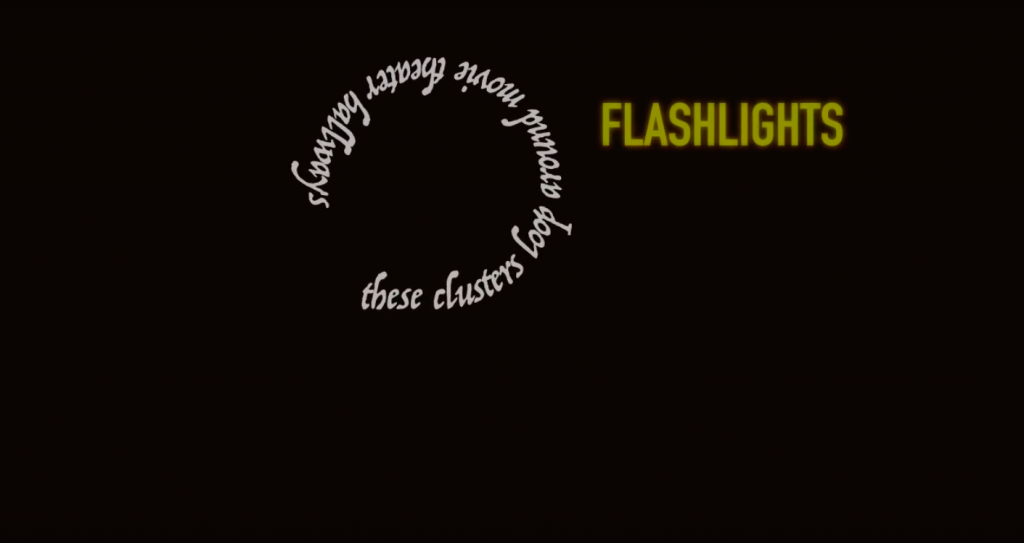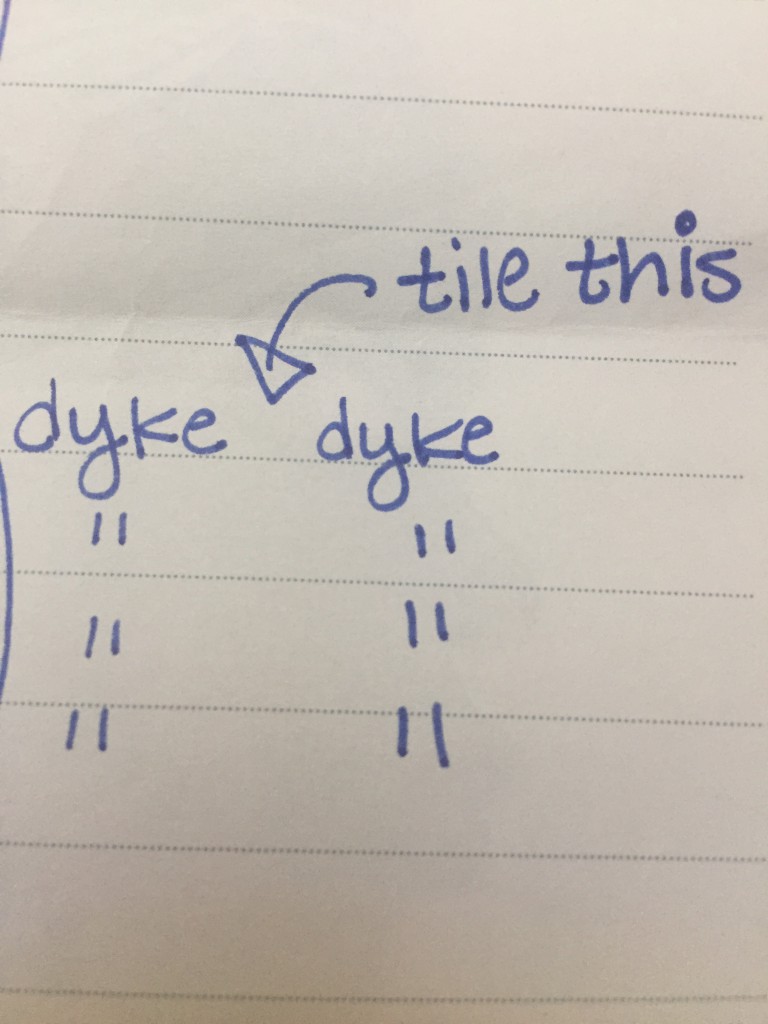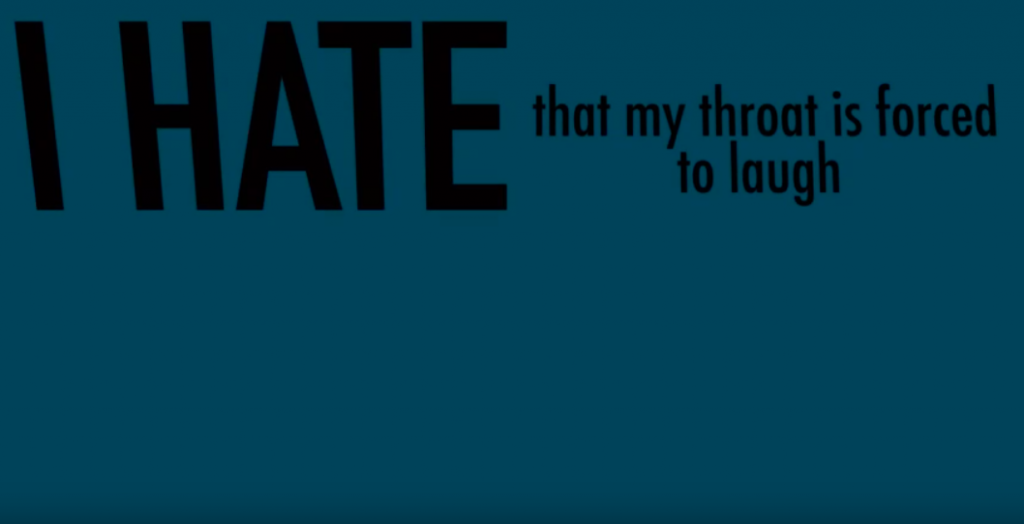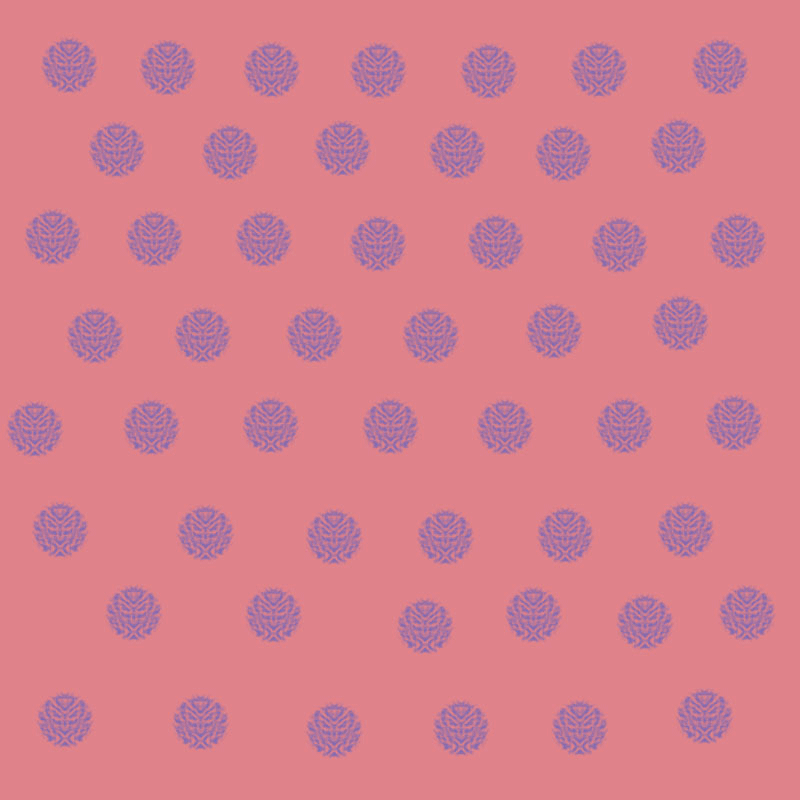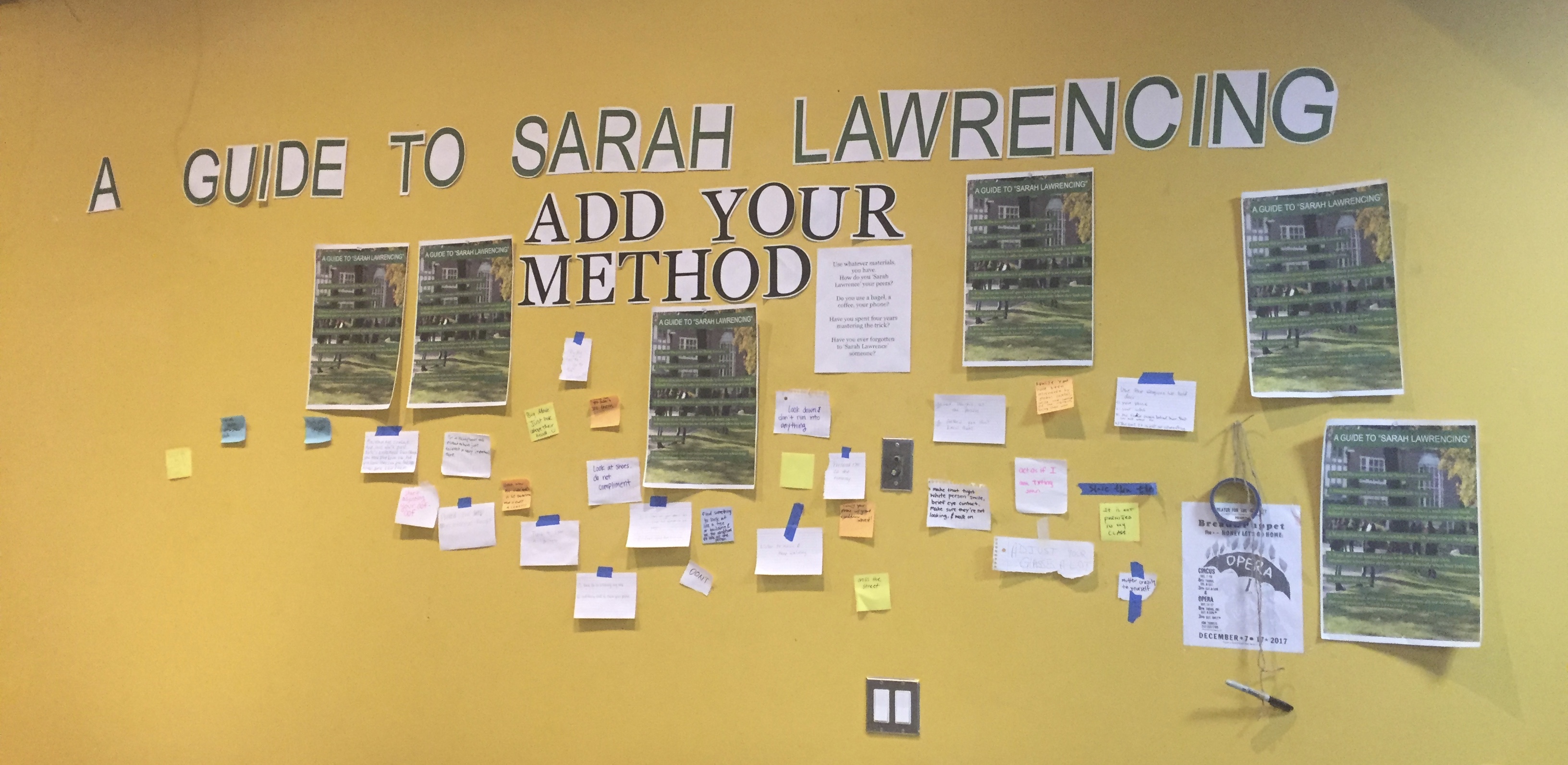I’ve written poetry since second grade, it is the art form that comes most naturally and the one that I am most well versed in. However, attempting to convert a spoken word poem into visuals was the most challenging project I’ve had all semester. In some of the kinetic text videos we watched in class, I noticed that if I missed what some of the words said, it wasn’t a huge deal. It seemed like how the font moved and changed was equally important as what the word said. However, the poem I choose is a narrative piece. I had to figure out how to ensure that the continuity of the piece came through visually. Originally I tried to have lines that go together on the screen at one time, but after watching videos on google drive, I noticed that pieces with a lot of text on screen at once did not keep my attention. I felt pressured to read the text quickly, so I then realized I needed to give each phrase more time for the audience to absorb it. I cut out some parts of the poem but was limited in how much I could cut without losing the entire point and message of my poem. Even though I was careful with what text I cut out, a new piece ultimately emerged. In the original poem, the first few stanzas all begin with the line ‘I love’ and they describe various parts of my body. It means that the moods of the poem are a bit more balanced. The animation, however, comes across as much darker and depressing than my original poem. Eventually, I think I want to make a much longer video that contains my poem in its entirety so that the sense of coming to a place of acceptance with my body and my eyes comes through in the animation and the poem.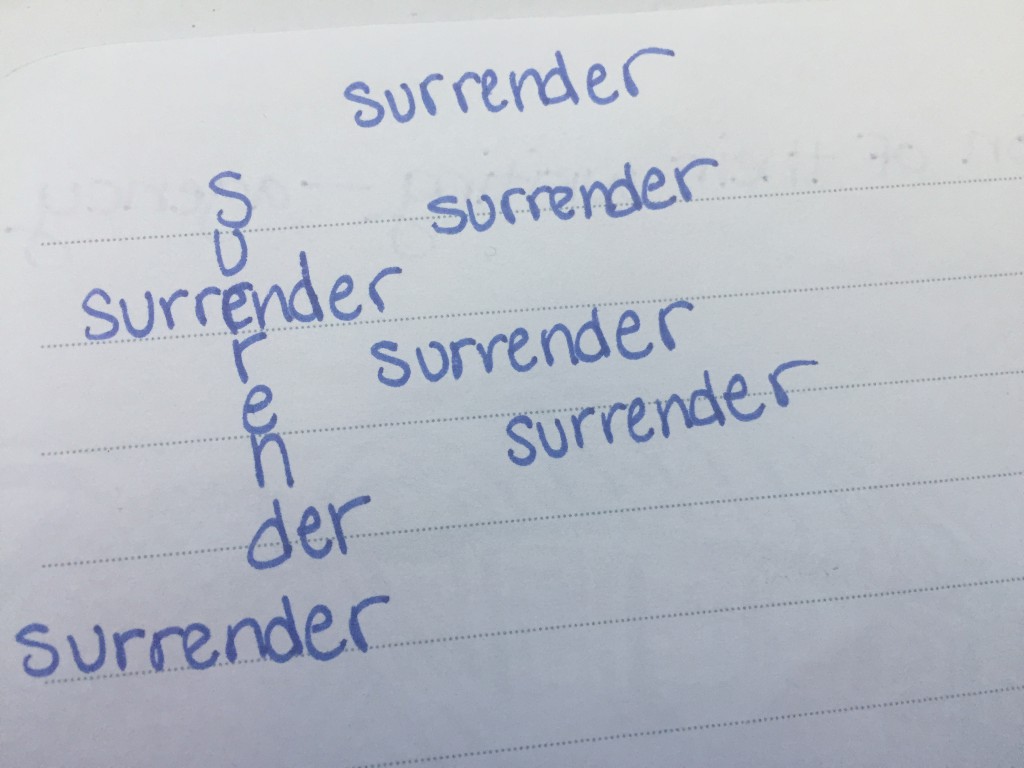
A constant theme throughout my process was struggling with how to turn a spoken word piece into a visual piece. At first, I wanted to re-create the poem I performed at the poetry slam. I planned on using the recording of my performance instead of music. However, since I drew out lines such as ‘I’ve surrendered’ in the animation, but not in the performance, the timing did not work out. I re-recorded my performance trying to speak the words in sync with the animation, but I didn’t like the sound. The song that I chose was a last minute decision. The song is utterly depressing. I like this at the beginning because it hints to the audience that even though the poem is not yet sad, it soon will be. However, I don’t see this poem as merely sad. It’s a complex piece that touches on various topics and feelings, so I think I need to find a song that better represents that. This change in plans ultimately impacted how I made the animation. If I had planned to use music the whole time, then I think I would have drawn out more lines in the piece rather than worrying about syncing the animation with my recording. Also, I could have sync transitions with the music. Ultimately, I realized that my spoken word piece had to exist as a separate piece of art from the animation of the poem. I couldn’t merely re-create art I had previously made. I had to think of this assignment less as turning a spoken word performance into an animation and more as merely animating text.A constant theme throughout my process was struggling with how to turn a spoken word piece into a visual piece. At first I wanted to re-create the poem I performed at the poetry slam. I planned on using the recording of my performance instead of music. However, since I drew out lines such as ‘I’ve surrendered’ in the animation, but not in the performance, the timing did not work out. I re-recorded my performance trying to speak the words in sync with the animation, but I didn’t like the sound. The song that I chose was a last minute decision. The song is utterly depressing. I like this at the beginning because it hints to the audience that even though the poem is not yet sad, it soon will be. However, I don’t see this poem as merely sad. It’s a complex piece that touches on various topics and feelings, so I think I need to find a song that better represents that. This change in plans ultimately impacted how I made the animation. If I had planned to use music the whole time, then I think I would have drawn out more lines in the piece rather than worrying about syncing the animation with my recording. Also, I could have sync transitions with the music. Ultimately, I realized that my spoken word piece had to exist as a separate piece of art from the animation of the poem. I couldn’t merely re-create art I had previously made. I had to think of this assignment less as turning a spoken word performance into an animation and more as merely animating text.
In addition to struggling with how go about making this piece in a bigger picture sense, I also struggled with the technical bits. I became really overwhelmed with text. Since I’m largely not a page poet, I don’t worry much about text, because usually my ultimate goal is to perform it out loud. Therefore, I type my poems in a default Word font. However, when deciding to animate a poem that’s really important to me, I wanted the font to reflect exactly what the poem meant to me. I tried so many different fonts. At one point I tried using a different font for each line, but it felt too chaotic. I settled on using one main font and then emphasizing particular parts of the poem with different fonts.
I also was overwhelmed by the variety of text effects. I felt like if I used an effect on a sad line I couldn’t use the same effect on a happier line. I always tell myself I’ll stick to a few effects, but I never follow through because I become so interested in what each effect can create. I felt like I needed an effect or shape that I could use to mark the end of each stanza. I was worried that the audience would lose track of what I was saying and what lines went together. However, I later realized that if the piece was engaging enough, then people will remember the previous lines. I largely used transition effects to animate the text on and off screen, but I did use various other effects to go along with the content of the piece, such as the movement of the word ‘basketball’ and the glow and flashing-like effect on the word ‘flashlight’.
In addition to text effects, I used changes in the background as a transition between the different moods of the piece. I used the white background with a noise effect to give the feeling of a hospital. I used the yellow at the beginning to signify joy and blue later on when the mood of the piece shifts. I was worried that my color choices were a bit too obvious. Red is such a cliché color for love and anger, yellow for happiness, and blue for sadness, but I think when paired with text that’s more ambiguous, it works, at least I hope so. Color might also be something that I go back and edit when perfecting this piece.
I revised my kinetic text piece as part of my conference work. For this revision, I made small adjustments throughout the piece and assessed the music that I picked. I took the ‘surrender’s’ off-screen more carefully. I changed the transition from ‘basketball shorts’ to the line about 8th grade so that if was smoother and just continued the bouncing of ‘basketball shorts’. Something happened with my software, so the bouncing is no longer there, but I will put it back eventually. This piece is still not completely perfected to how I want it to be, but it is complete for the purposes of this class. I took out the tile effect on the ‘baby dykes’ because I felt like it was too chaotic and brought too much focus to this piece when the core of this piece is not about being queer. After watching videos in class, I noticed the value of not filling up the entire screen and leaving time to appreciate each text animation, so I took of some of the lines in the stanza that begins with ‘I hate’ off screen and then put brought them on screen more slowly. Besides mechanical adjustments, I had some qualms with the music I chose for this piece. Many of these qualms came from wanting to re-create my spoken word poem. When I perform this piece, I feel so empowered because while parts of it are sad, there are other parts that touch on working towards a place of accepting my body and vision loss. The music I chose is incredibly sad, but my class thought that it fit the piece. I worried that the music didn’t fit the beginning of the piece when I’m talking about being a gay and wearing ‘boys’ clothes. However, I now like this music at the beginning because it provides a foreshadow and a warning sign.
